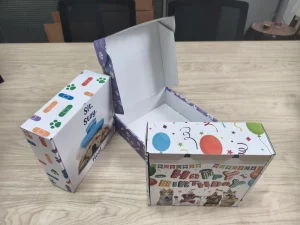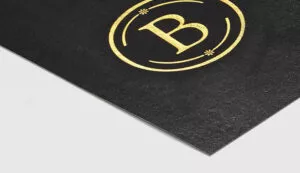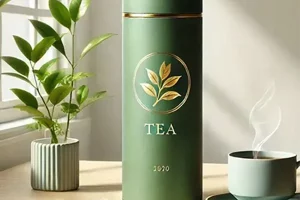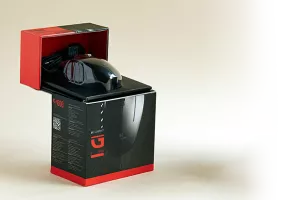Food packaging is essential for transportation and storage. But what exactly does "box packaging" mean for food?
Box packaging of food refers to the use of rigid or flexible containers to protect food products during transport, storage, and display. It ensures hygiene, extends shelf life, and improves handling.

The Importance of Food Box Packaging
Box packaging plays a key role in food safety and marketing. It serves several purposes:
| Purpose | Description |
|---|---|
| Protection | Prevents contamination and damage during handling and transport. |
| Preservation | Extends shelf life by reducing exposure to air, moisture, and light. |
| Branding | Displays product information and enhances brand recognition. |
| Convenience | Allows for easy stacking, storage, and portion control. |
Box packaging comes in different materials, including cardboard, plastic, and biodegradable options. Each has advantages depending on the food type.
What are food storage boxes called?
Food storage is crucial for preserving freshness and preventing contamination. But with so many types of food storage boxes, how do you know which one is right?
Food storage boxes come in various materials and styles, including plastic containers, glass jars, and metal tins. The right choice depends on the type of food, storage conditions, and intended use.

Choosing the right food storage solution ensures food remains fresh for longer, minimizes waste, and complies with food safety standards. Let’s explore the different types of food storage options.
What is disposable food containers?
With increasing demand for convenience, disposable food containers are everywhere. But what are they, exactly?
Disposable food containers are single-use packaging solutions made of paper, plastic, or biodegradable materials, designed for storing and transporting food with minimal cleanup.

Types of Disposable Food Containers
| Type | Material | Common Uses |
|---|---|---|
| Plastic Containers | Polypropylene (PP) | Takeout meals, salads, sauces |
| Paper Boxes | Cardboard | Fast food, bakery items |
| Aluminum Trays | Aluminum foil | Oven-safe meal packaging |
| Biodegradable Containers | Sugarcane, cornstarch | Eco-friendly takeout packaging |
Disposable containers offer convenience but raise concerns about waste. Many businesses are shifting toward biodegradable alternatives1 to reduce environmental impact.
What are the three types of food packaging?
Food packaging plays a key role in preserving food, but did you know there are three main types?
The three types of food packaging are primary, secondary, and tertiary packaging. Each serves a different function in protecting, marketing, and transporting food.

Breakdown of Food Packaging Types
| Type | Purpose | Example |
|---|---|---|
| Primary Packaging | Directly holds the food product | Cereal boxes, milk cartons |
| Secondary Packaging | Bundles multiple primary packages together | Cardboard trays, shrink wrap |
| Tertiary Packaging | Bulk transport and logistics | Pallets, large crates |
Each type of packaging contributes to food safety, convenience, and marketing. Businesses must choose the right combination to balance cost, sustainability, and customer appeal.
Conclusion
Food storage boxes come in many forms, from disposable containers to rigid packaging solutions. Choosing the right type depends on the food’s shelf life, handling needs, and environmental impact.
-
Exploring this resource will provide insights into how biodegradable options can significantly reduce waste and environmental impact. ↩








